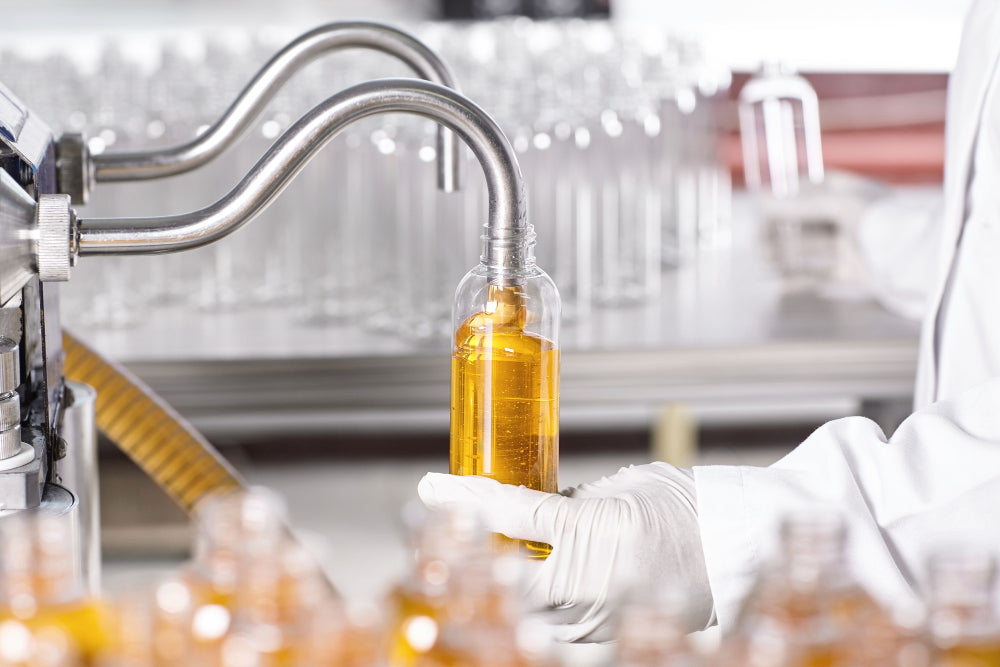
Mixing Matters – Understanding High Shear vs. Low Shear Manufacturing
Behind every beautifully blended skincare cream or stable gel is a specific mixing process. At Cosmetech, we understand that how a product is mixed is just as important as what’s in it. That’s where the difference between high shear and low shear mixing comes into play.
High Shear Mixing: Stability Through Speed
High shear mixing involves fast, forceful blending using equipment like rotor-stator homogenizers. This process creates intense mechanical force, breaking down particles and producing very fine emulsions or suspensions.
This method is ideal when a product demands high stability, such as emulsions with SPF, actives that need even dispersion, or rich creams with oils and waxes. It ensures a uniform particle size distribution, which contributes to a luxurious texture and consistent efficacy.
Best For: Creams, lotions, emulsions, and formulas containing active ingredients that must be evenly distributed.
Caution: High shear can generate heat, which may destabilise sensitive actives like probiotics, enzymes, or heat-labile botanicals.
Low Shear Mixing: Precision with Protection
Low shear mixing is slower and gentler. It’s used when a formula is sensitive or doesn’t require intense dispersion. This method is perfect for products where the structure needs to remain intact — for example, gels with botanical extracts or exfoliating particles that shouldn’t break down.
Low shear is often used for products like body washes, shampoos, or clear gels where clarity, viscosity, and ingredient integrity are key.
Best For: Gels, body washes, clear serums, and actives that degrade under heat or stress.
Caution: Not suitable for complex emulsions or heavy creams that need tight binding between oil and water phases.
Choosing the Right Shear at Cosmetech
Each product we manufacture starts with a deep dive into its formula and function. We evaluate viscosity, ingredient sensitivity, and sensory goals to determine the best method — high shear for high performance, low shear for ingredient integrity. Our bespoke approach ensures that each batch delivers on quality, feel, and function.
